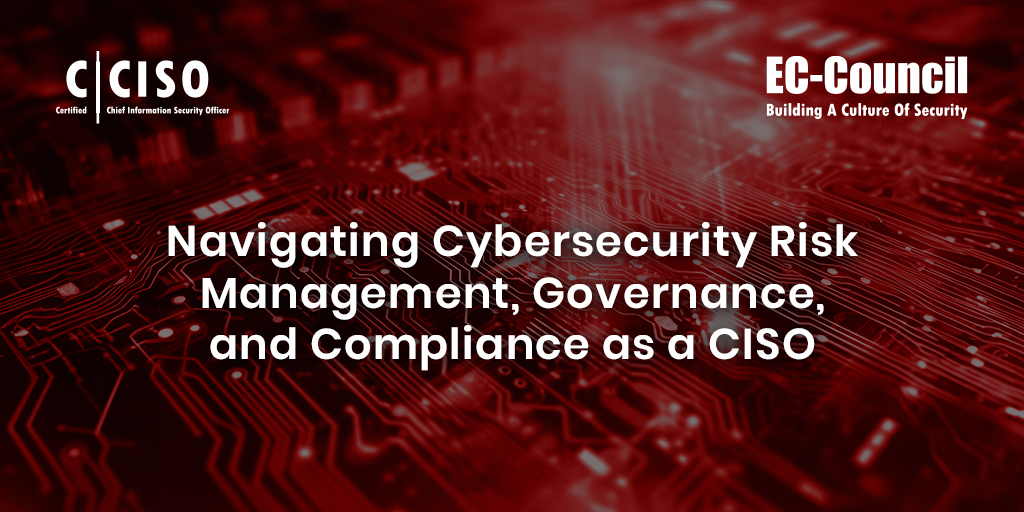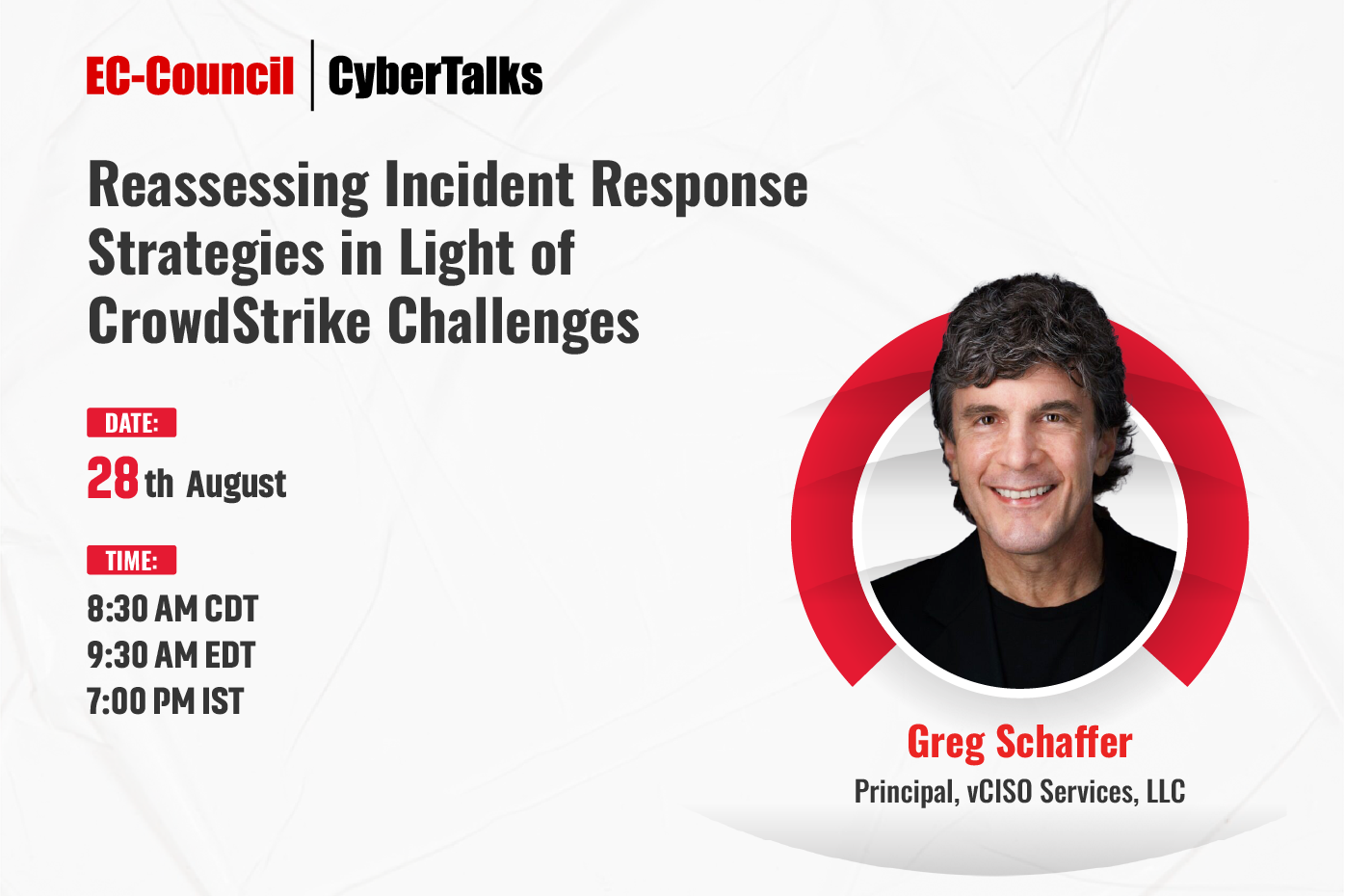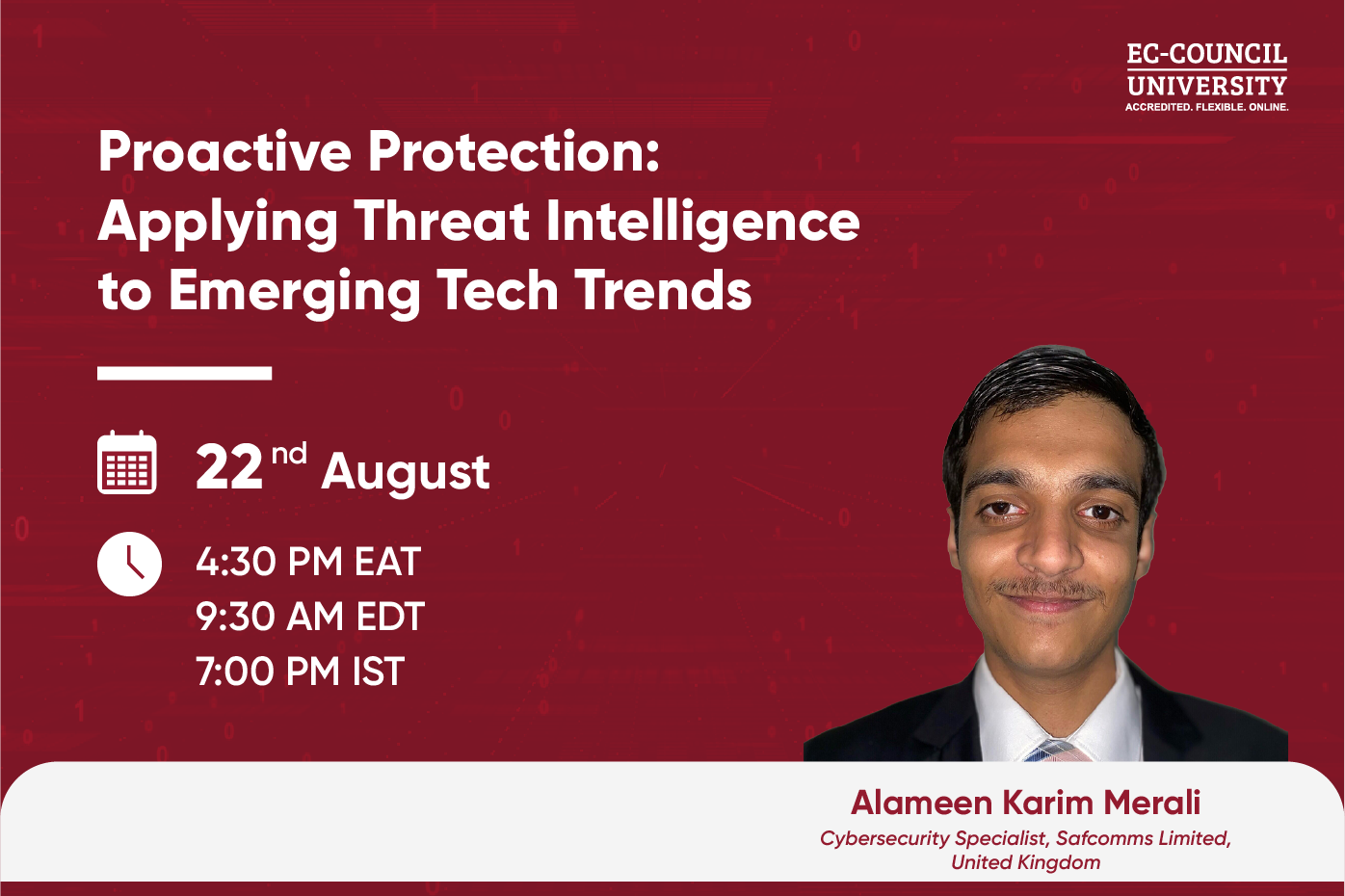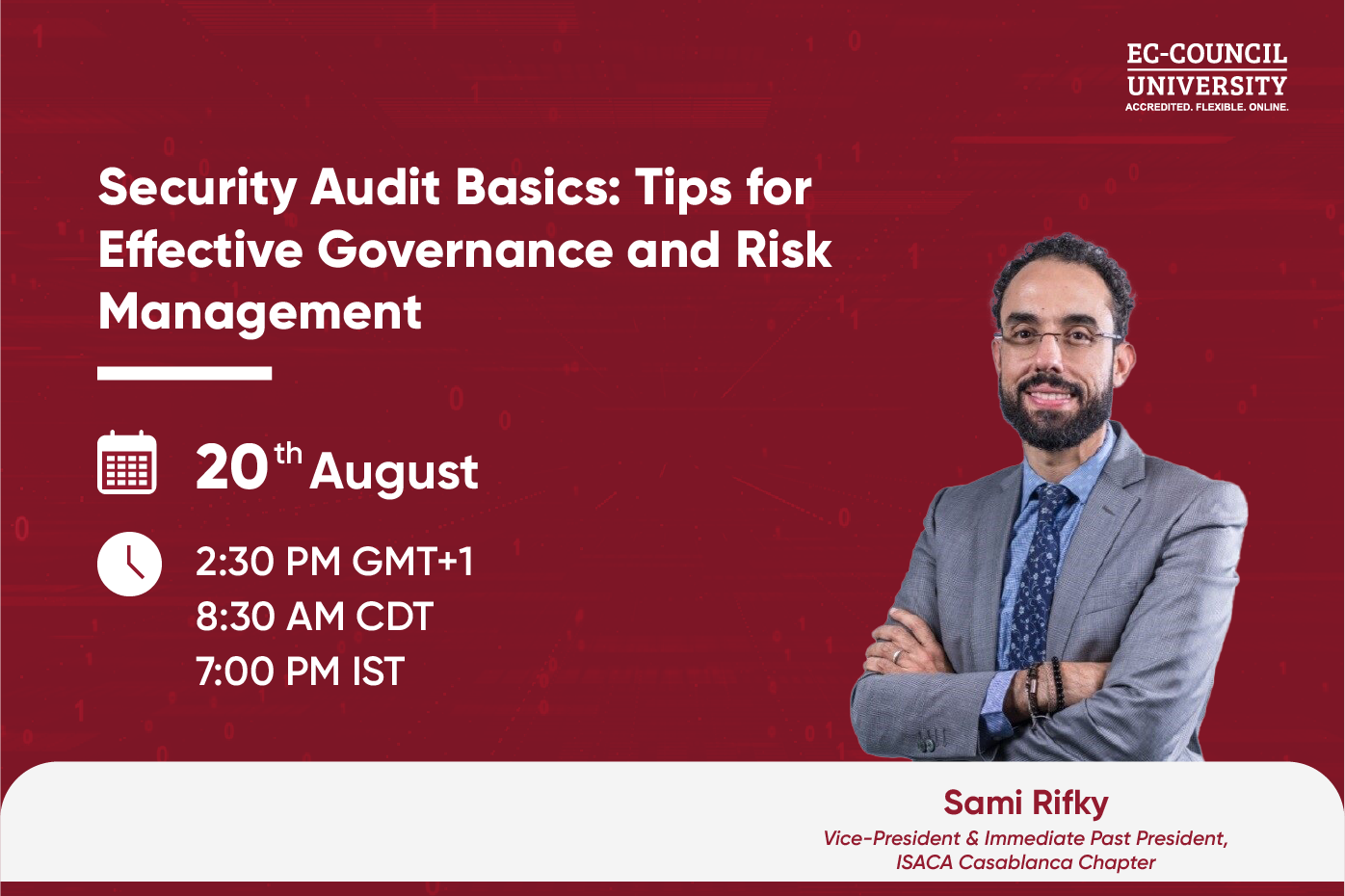The role of Chief Information Security Officer (CISO) is vital for businesses of all sizes and industries. CISOs are in charge of managing and overseeing an organization’s IT security program, ensuring that the company’s vision for how to protect its IT assets is successfully carried out.
The concepts of governance, cybersecurity risk management, and compliance are especially crucial for CISOs. These terms can be defined as follows:
- Governance: The framework and processes that ensure key decision-makers can effectively manage the organization’s IT security.
- Risk management: The act of identifying, prioritizing, and addressing the various cybersecurity risks that the organization faces.
- Compliance: The act of ensuring adherence to the cybersecurity laws, standards, regulations, and internal policies that apply to the organization.
Successful CISOs must be familiar with these ideas and understand how to implement them in their organizations. Below, we’ll explore how CISOs can navigate the issues of cybersecurity risk management, governance, and compliance.
The Importance of Governance and Risk Management in the Role of a CISO
Among the various CISO roles and responsibilities, the most important one is protecting the organization’s IT environment from attack and harm. A chief information security officer must, therefore, be well-versed in cybersecurity risk management and governance.
Governance offers a structured approach to defining and maintaining a company’s cybersecurity policies and practices. By establishing a successful IT governance framework, CISOs ensure that organizations have clarity, consistency, and accountability and can align their cybersecurity objectives with the broader direction of the business.
Meanwhile, risk management is a proactive cybersecurity measure that helps neutralize threats and reduce the organization’s attack landscape. By evaluating the company’s unique combination of assets and vulnerabilities, CISOs understand which tools and techniques can help ward off attacks before they occur and safeguard the organization’s IT ecosystem.
Understanding Cybersecurity Governance
The major components of a successful cybersecurity governance program include:
- A governance framework that defines the various cybersecurity roles and responsibilities within an organization. This includes the chain of command and the processes for making decisions about IT security.
- A set of clear and comprehensive cybersecurity policies, standards, and procedures. These documents define how the organization will safeguard its IT assets and mitigate risks. Policies offer higher-level guidance about IT security, while procedures offer step-by-step instructions for how to carry out policies (for example, responding to security incidents).
The Role of a CISO in Establishing and Maintaining Effective Governance Practices
The CISO plays a paramount role in establishing and maintaining effective governance practices. As the head of IT security, the CISO is responsible for designing and developing the organization’s cybersecurity governance framework. The CISO is also tasked with establishing and implementing the organization’s IT security policies, standards, and procedures.
Once the governance framework, policies, standards, and procedures are in place, the CISO is also in charge of overseeing them. This includes defining the right metrics and key performance indicators (KPIs) to assess the effectiveness of these practices. These KPIs may include:
- Financial metrics that determine the economic impact of cybersecurity measures
- Metrics that evaluate the organization’s progress toward its business objectives
- Operational metrics that measure the performance of specific cybersecurity processes
Finally, CISOs also need to commit to continually improving the organization’s cybersecurity governance practices. This includes monitoring emerging cyber threats and keeping an eye on the latest industry trends. CISOs should periodically revise their frameworks, policies, standards, and procedures in light of new developments and make recommendations for ways to improve and enhance cybersecurity governance.
Understanding Cyber Risk Mitigation and Management
Every business with a digital presence faces a certain amount of cybersecurity risk. Organizations need to assess the level of risk they face and formulate strategies for mitigating and managing these risks and vulnerabilities over time.
The various activities involved in cyber risk mitigation and management include:
- Risk identification: Organizations first need to detect the potential and actual security flaws and weaknesses in an IT ecosystem. This encompasses tasks such as vulnerability scanning and penetration testing.
- Risk assessment and prioritization: After compiling a list of cybersecurity risks, businesses assess the severity of each one and decide which ones to prioritize. This involves considering the risk of financial, legal, and reputational damages.
- Risk mitigation: Businesses develop strategies to mitigate the various cyber risks they face, either by resolving them or reducing their impact. The techniques used here include user authentication, access controls, data encryption, network segmentation, incident response, and software patching and updates.
The Responsibilities of a CISO in Identifying, Assessing, and Mitigating Risks
CISOs are the head of IT security, and so CISO responsibilities also incorporate identifying, assessing, and mitigating cybersecurity risks. The role of a CISO includes cybersecurity risk mitigation strategies such as:
- Working with stakeholders such as IT teams and managers to identify cyber risks
- Leading the process of risk assessment to determine the most critical priorities
- Recommending and implementing solutions to mitigate risks and vulnerabilities
- Developing and maintaining an incident response plan in the event of a cyber attack
- Conducting evaluations and audits of third-party partners’ and vendors’ security practices.
Compliance and Regulatory Requirements
Depending on their industry and location, businesses may also face a number of regulatory compliance requirements related to cybersecurity. These include
- HIPAA ensures that U.S. healthcare organizations take adequate measures to protect the security and confidentiality of patient data. The law also requires organizations to notify affected individuals in the case of a data breach.
- GDPR safeguards the privacy of consumer data for companies operating in the European Union. It places limits on how businesses can collect, store, analyze, and share personally identifiable information.
- CCPA enhances data privacy and consumer protection for residents of California. Similar to GDPR, CCPA grants citizens of California the right to know what information businesses are collecting about them and allows them the right to request the deletion of this information.
- PCI DSS applies to businesses that handle payment card information. PCI DSS obligates companies to securely collect, transmit, and store data and protect it with techniques such as encryption and access control.
The role of a CISO includes being familiar with regulatory compliance issues surrounding data privacy and security. CISOs must ensure that the organization remains compliant with all applicable information security laws and regulations.
Communication and Reporting
Last but not least, CISOs must also define solid pipelines for communication and reporting about IT security issues among executives, managers, and other key decision-makers. CISOs need to provide regular updates about cybersecurity developments within the organization, including the effectiveness of security measures and controls. As such, CISOs serve as a bridge between the executive team and the IT security team.
Tools such as an information security management system (ISMS) can help CISOs communicate effectively. An ISMS is a framework for how organizations define and manage their cybersecurity policies and procedures. Common ISMS standards include ISO/IEC 27001, which provides guidelines for creating and managing an ISMS.
The C|CISO Approach for CISOs
Chief Information Security Officers need to have a rock-solid understanding of concepts such as cybersecurity risk management, governance, and compliance. Obtaining a certified CISO certification is an excellent way to demonstrate that you have the skills and knowledge necessary to take on this mission-critical role.
EC-Council’s Certified Chief Information Security Officer (C|CISO) program offers the skills and training you need to assume the mantle of CISO. The C|CISO program covers the five essential domains of CISO knowledge:
- Governance and risk management and compliance
- Information security controls, and audit management
- Security program management and operations
- Information security core competencies
- Strategic planning, finance, procurement, and vendor management
The C|CISO program has been created by existing CISOs who know what it takes to serve as chief information security officers. Are you ready to join them and begin your CISO career? Learn more about the C|CISO certification today.
About the Author
David Tidmarsh is a programmer and writer. He’s worked as a software developer at MIT, has a B.A. in history from Yale, and is currently a graduate student in computer science at UT Austin.











